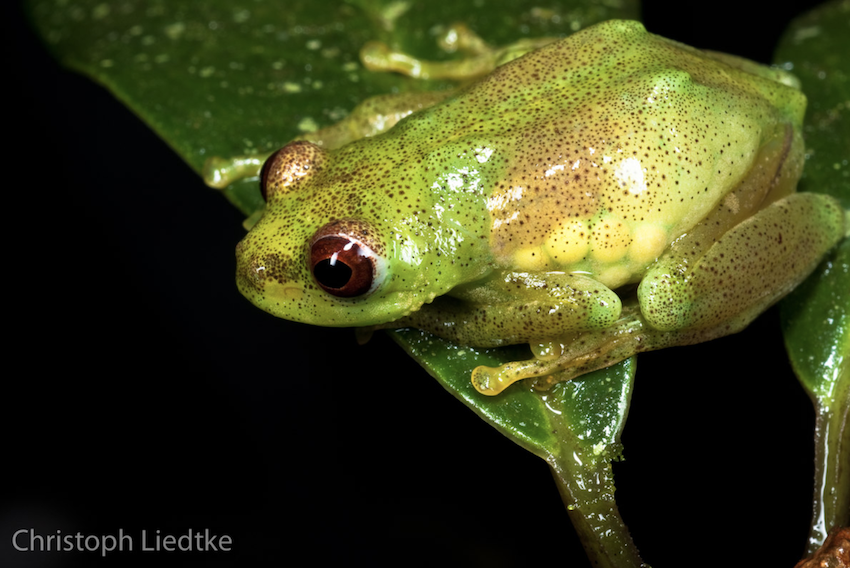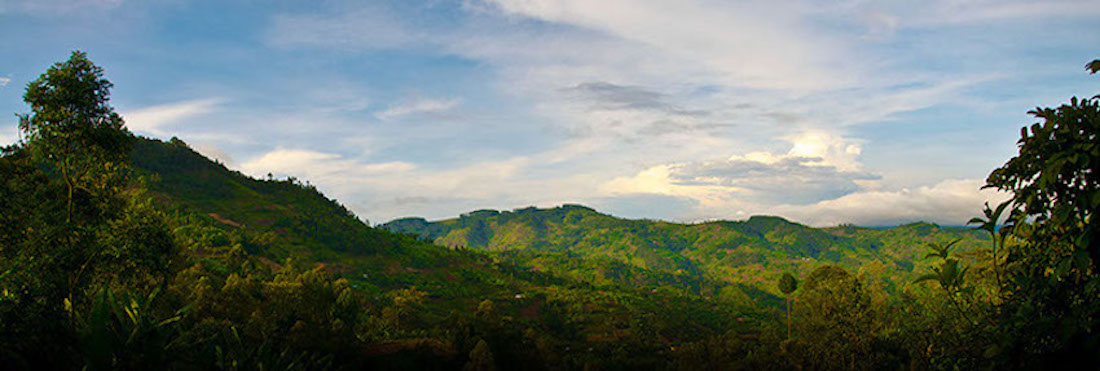They call Rwanda the land of a thousand hills, and they weren’t kidding….
It’s one of the smallest country in Africa (smaller even than most European countries, clocking in just behind Belgium), that unfortunately has one of the most devastating recent histories. The genocide of 1994, was one of the most brutal the modern world has seen and one the international community has to bear the cross for in many respects. This particularly dark chapter in Rwanda’s history has also had an effect on the wildlife. With people being driven out of the cities, many settled in villages and camps in the forest where logging for firewood and hunting has lead to the local extinction of some of Africa’s most characteristic animals. Once full of Elephants, all that remains now in Nyungwe National Park is local names that remind us of their former presence. “Kamiranzowu” swamp, translating to something like “where elephants cannot cross”, was one of our first stops on the tour.

The entrance to the Kamiranzovu Trail and the swamp itself
But lets start at the beginning. After touching down in Kigali, Fabio Pupin, Dominik Hügli and I set off to set up camp in the largest forest in Rwanda, Nyungwe, on the western edge of the country, bordering the Democratic Republic of the Congo. The aim of the trip was to catalogue the amphibian diversity harbored here, and to investigate, using genetic methods, how it is related to other East African hot spots. As chytrid fungus, a major cause of global amphibian decline is a pressing issue in amphibian conservation, we also swabbed frogs to send to colleagues in the UK for screening.

Swabbing frogs for chytrid. Home, sweet home! one of the camps while out in the field. We would usually stay two or three nights at the same spot before moving on
To try to cover more than one type of habitat, we set up camps near the edges of the Kamiranovu swamp, near the summit of Mt. Bigugu (almost 3000a.s.l.) and in the exclave forest of Cyamudongo. We were extremely well taken care of, by some of the best cooking around (well… given the menu consisted pretty much entirely out of rice and beans). Jeremy, our cook, traveled with us the whole way and astonished us over and over by cooking amazing stews from basically nothing and being able to pick a pot up out of the fire that has been sitting there for a good hour, with his bare hands!

Jeremy, our cook. Fabio and Dominik getting passport photos taken to extend their visas
Unfortunately some difficulties with permits, visas and some unusually dry weather meant that we could not quite visit as many sites as we would have liked. Nonetheless, we found one of the largest species of reed frog I have ever encountered called Hyperolius discodactylus, a species which has complicated taxonomic history, that, because of our field work, we could provide some clarity on.

A Hyperolius discodactylus female. These frogs are almost 4cm in length (that’s big for a reed frog). Reed frogs often have translucent skin and this particular female has a belly full of large, white eggs, which she will lay as a sticky mass on plants overhanging streams. Here they are safe from many aquatic predators and when the tadpoles are ready to hatch, they will drop into the water below!
